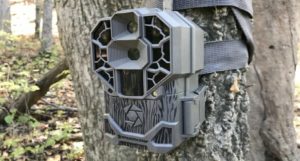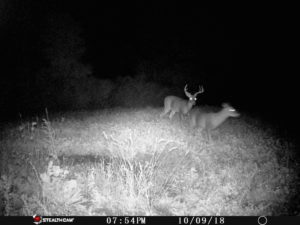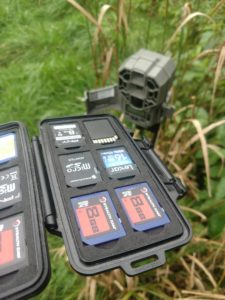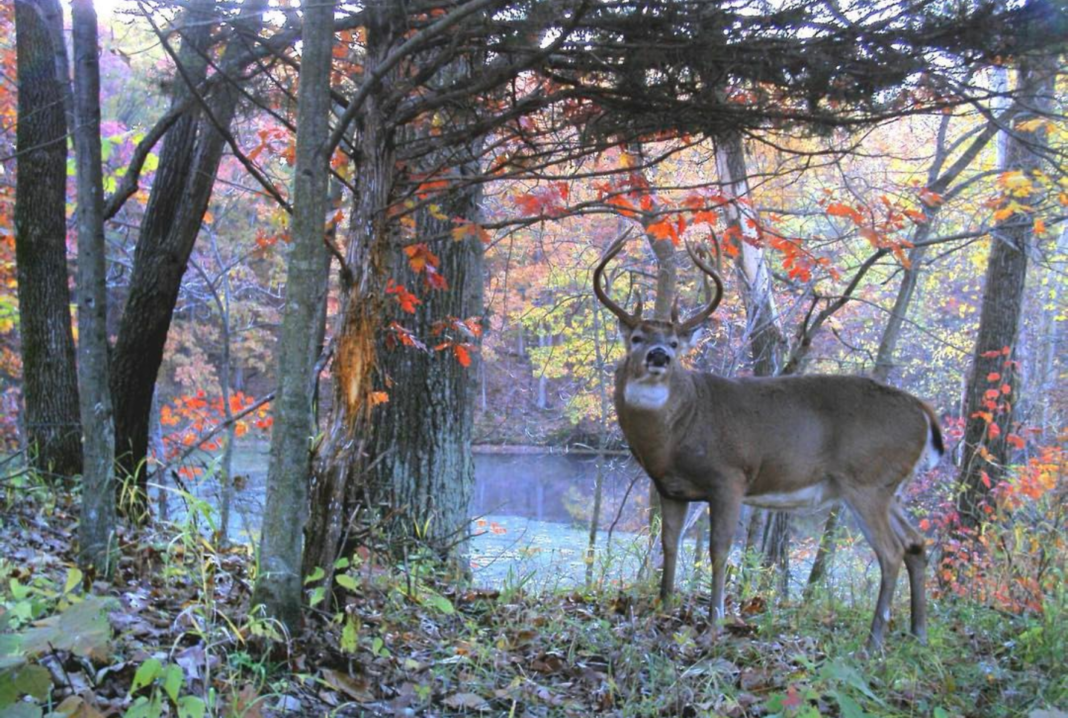Whether you love them or hate them, trail cameras have become a valuable tool in the whitetail hunter’s scouting arsenal. They are very effective in identifying and patterning target animals and have changed how many hunters approach and map the whitetail woods. Strategically placed on food sources, funnels, and travel routes to and from food, trail camera photos can be both a blessing and curse. Try not to find yourself hunting trail camera images of tomorrow rather than staying one step ahead of your target bucks.

The most important scouting piece in your arsenal will be past years’ trail camera photos of bucks on your property. Trail camera pictures and videos can hold a mountain of valuable information; you just have to take the time and find each hidden detail to unfold the movement riddle. Cameras today already have the date, time, temperature, and moon phase stamps on them, which will make it much easier to identify a particular pattern for bucks you will be hunting. Be sure to note if you can distinguish any additional unique details in the videos or photos of the bucks. For example, was he working a mock scrape on October 24, and trailing a doe by a certain setup on November 3, what was the weather and wind direction that particular day? Is there any unique features of the buck like a split ear or markings, scars perhaps? What I like to do is backdate out every location a picture or sighting from the stand of the bucks on a map of the property. This helps to indicate where he came from, where he is believed to be headed and possibly why.

Most if not all of us have trail cameras on the property or properties that we hunt. On most trail camera settings, you can choose the option of either having it take short video clips or photo bursts. The majority of people use photo bursts, but it seems to me that more and more hunters are discovering the overlooked value of video function on the camera. Having our Stealth Cam set to video is easy and convenient with the technology that is available on these cameras. Trail cameras shows a deer’s personalities and habits, what direction he traveled the area, and more detail than just one photo. Having the video on there may show you a characteristic of a buck that you otherwise never would have learned or observed from just one photo. Video mode is a great advantage if you don’t like to save or study your photos. It is also great for learning the behaviors of specific whitetails on your property, and more importantly how they use it at certain weeks of the season.

Taking inventory of bucks using the area can be easily accomplished using http://www.wildlife.com/ and will give you the upper hand in formulating a plan on getting that shooter buck in range. Golden Estrous and Hot Scrape will attract many if not all bucks that smell these mock scrape sets and get them frequenting these locations at all times of the day including shooting light.
November is the one time of the year when visits to scrapes take place in the daylight. It’s the one time when we consider hunting over an area all torn up with rubs and scrapes to be well worth it and get an oppoutunity at your target buck! #RutTracker2018 #HotScrape
Posted by Hunting on Thursday, November 1, 2018
It seems that the older a mature buck grows, the less ground he seems to cover during hunting season. If you have been consistently getting pictures of your target buck in October or November, chances are you’re within his core. Try narrowing down the days in which the deer travel through your property during daylight and what wind direction they traveled the property on that wind. Make notes of the time of day and locations they seem to be most active. Some bucks seem to have different time periods in the day they prefer to travel. One buck I have had experiences with likes to travel around the noon lunch hour. Others seem to wait right before last light. Either way, if you can narrow down when and why your target buck prefers to move. Then you are already one step ahead of them for the upcoming rut.



















![The Best Deer Camp Chili [VIDEO] Deer Chili Ingredients, Tomatoes, Chili Spices](/wp-content/uploads/2015/10/Deer-Chili-Deer-Camp-Recipe-218x150.jpg)
![How to Call Elk Early in the Season [VIDEO]](/wp-content/uploads/2016/08/byers003-218x150.jpg)




![Idiots Disturb Hunter: How Would You Have Handled It? [VIDEO]](/wp-content/uploads/2015/10/DSC00110-e1474487693878-100x70.jpg)
![Albino Buck Shocked to Shed His Antlers [VIDEO]](/wp-content/uploads/2015/10/AlbinoDeer-100x70.jpg)